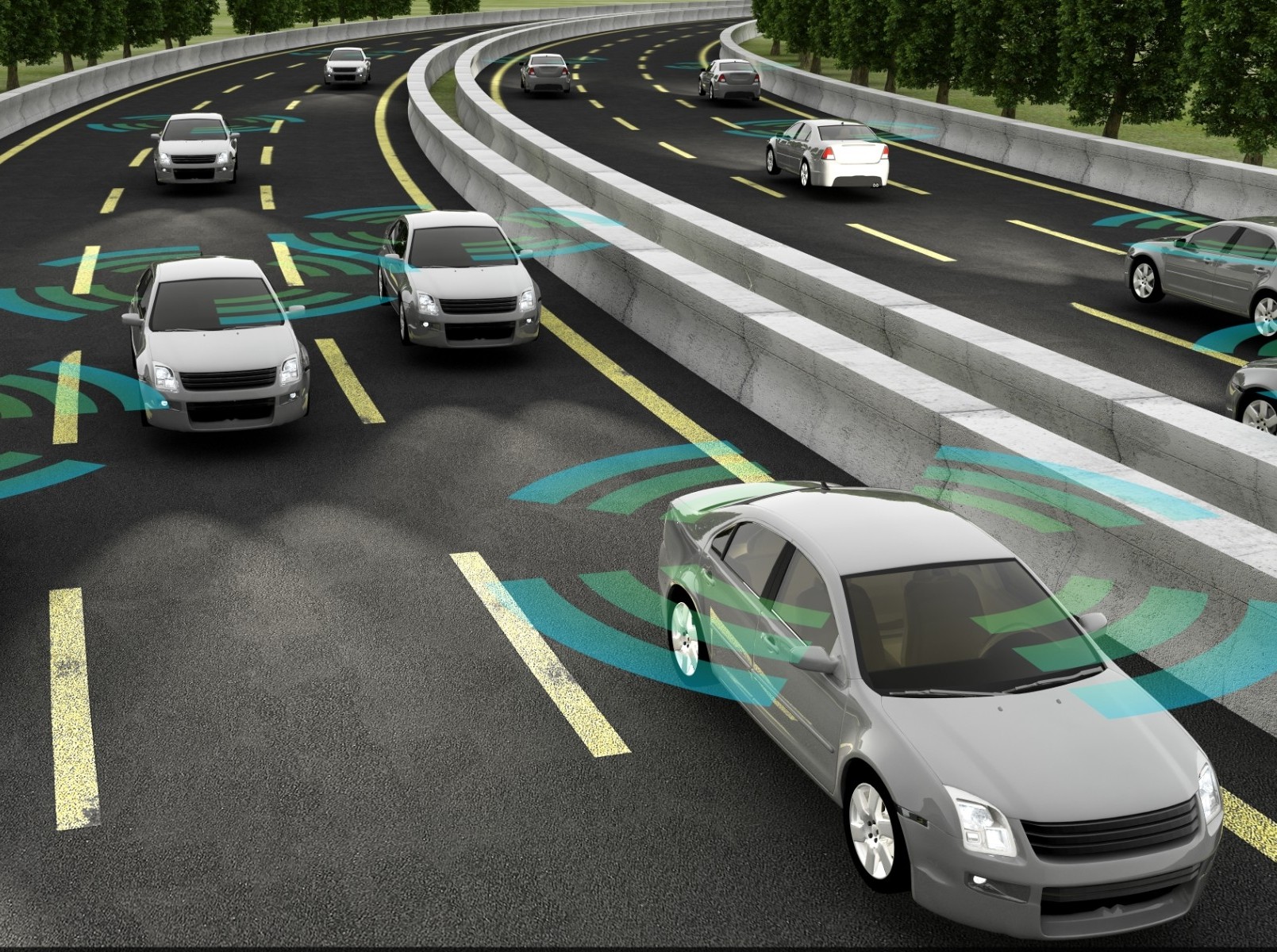By Tony Seba
In my last blog, I talked in some detail about the need for leaders to rethink their road transport climate policy. This involves focusing on zero-emission miles (ZEMs) rather than zero-emission vehicles (ZEVs).
But how would a ZEM-incentive policy work?
Here’s an example. Say you have a $50 million budget. Within the existing policy framework, you would offer a $2,000 incentive for each ZEV. That would enable the purchase of 25,000 vehicles. Assuming they drive 10,000 miles a year, that would produce 250 million ZEMs each year.
But there is another way. A far more productive way. If you really want to leverage that budget to best effect, you need instead to offer a ZEM incentive.
This could be 1 cent per vehicle-mile travelled (VMT) over five years. An individually-owned ZEV would get about $500 for driving 10,000 miles a year for five years. At $100 a year, that’s unlikely to be enough of an incentive for an individual to purchase a ZEV.

But a fleet-owned ZEV would get $1,000 a year. This is because utilization rates are 10 times higher than individually owned vehicles, so each ZEV would be driving 100,000 miles a year, or 500,000 miles over the five years, receiving $5,000 in total for the period. Most of this ZEM incentive would be snapped up by fleet companies that would lease these cars to ride-hailing companies like Uber or Lyft, or even taxi companies.
In other words, the traditional ZEV incentive program–just like the ones currently being implemented by governments across the world–would put 25,000 individual cars on the road that would drive a grand total of 250 million ZEMs a year. The ZEM incentive would put 10,000 fleet cars on the road that would drive 1 billion ZEM miles a year. This is four times more clean miles for the same money.
The ZEV program would mean swapping 25,000 individually-owned gasoline cars for the same number of individually owned ZEVs. These ZEVs would need a far larger number of charging stations spread over a larger geographic area, would cause more congestion, would need far more parking space—while barely making a dent in emissions. A fleet of 10,000 ZEVs would need less parking, would cause less congestion and would use a smaller, more efficient charging infrastructure outside central business districts.
So, what is needed is a simple policy adjustment, with the same budget, for a more effective outcome.